Home>Gardening & Outdoor>Landscaping Ideas>What Is The Best Way To Spread Grass Seed
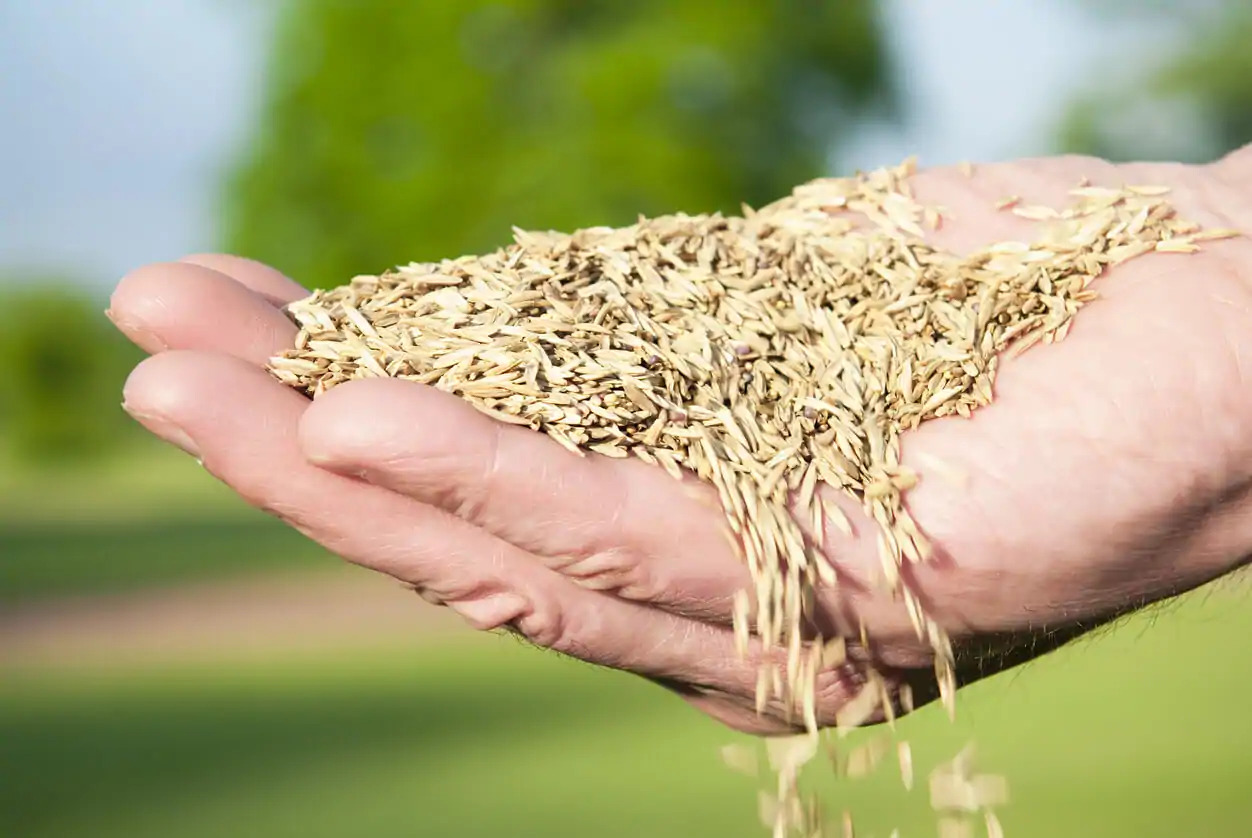

Landscaping Ideas
What Is The Best Way To Spread Grass Seed
Modified: February 18, 2024
Looking for the best way to spread grass seed? Explore effective landscaping ideas for successful grass seed spreading and a lush, green lawn. Discover tips and techniques for optimal results.
(Many of the links in this article redirect to a specific reviewed product. Your purchase of these products through affiliate links helps to generate commission for Storables.com, at no extra cost. Learn more)
Introduction
Welcome to the world of landscaping, where the lush green of a well-maintained lawn can transform any outdoor space into a picturesque oasis. One of the fundamental components of achieving a vibrant and healthy lawn is the proper spread of grass seed. Whether you are a seasoned gardener or a novice enthusiast, understanding the best methods for spreading grass seed is essential for cultivating a thriving lawn.
In this comprehensive guide, we will delve into the art and science of spreading grass seed, exploring the various factors that influence successful seeding and the best practices for achieving optimal results. Whether you are rejuvenating a patchy lawn, establishing a new lawn, or simply aiming to enhance the overall health and appearance of your grass, this guide will equip you with the knowledge and techniques needed to make your green dreams a reality.
Join us as we unravel the mysteries of grass seed spreading, uncovering the key considerations, methods, and best practices that will empower you to transform your outdoor space into a verdant paradise. Let's embark on this journey to discover the best way to spread grass seed and unlock the secrets to a luscious, thriving lawn.
Key Takeaways:
- Choosing the right grass seed and understanding the factors that affect its growth, like soil preparation and watering, is crucial for creating a healthy and vibrant lawn.
- Spreading grass seed requires careful consideration of methods and best practices, such as even coverage and moisture management, to ensure successful germination and growth.
Read more: What Kind Of Grass Spreads
Understanding Grass Seed
Before delving into the intricacies of spreading grass seed, it is crucial to grasp the fundamental nature of grass seed itself. Grass seed serves as the foundation for cultivating a lush and resilient lawn, and understanding its characteristics is imperative for successful seeding.
Grass seed, in its essence, is a tiny, dormant plant encased in a protective shell. Each seed contains the genetic blueprint for a specific grass variety, dictating its growth habits, appearance, and resilience. When provided with the right conditions, such as moisture, warmth, and suitable soil, these seeds germinate, initiating the growth of new grass plants.
It is important to note that not all grass seeds are created equal. Different grass species and varieties exhibit varying characteristics, such as drought tolerance, shade tolerance, and maintenance requirements. Therefore, selecting the appropriate grass seed for your specific lawn needs is a crucial initial step in the seeding process.
Furthermore, understanding the germination and establishment process of grass seed is essential. Factors such as soil temperature, moisture levels, and sunlight exposure play pivotal roles in the successful germination and growth of grass seed. By comprehending these dynamics, you can strategically time and execute the seeding process to maximize the likelihood of successful establishment.
Grass seed is not merely a commodity; it is the embodiment of your lawn’s potential. By understanding its nature and requirements, you can harness its transformative power to create a vibrant and resilient lawn that enhances the beauty of your outdoor space.
Factors to Consider Before Spreading Grass Seed
Before embarking on the journey of spreading grass seed, it is essential to consider several key factors that can significantly impact the success of the seeding process. By carefully evaluating these factors, you can optimize the conditions for germination and establish a strong foundation for a healthy, thriving lawn.
- Grass Species and Varieties: The first and foremost consideration is the selection of the appropriate grass species and varieties. Factors such as climate, soil type, sunlight exposure, and intended use of the lawn should guide your choice. Whether you opt for cool-season grasses like Kentucky bluegrass and fescue or warm-season varieties such as Bermuda grass and zoysia, selecting the right grass seed is pivotal for long-term success.
- Soil Preparation: The condition of the soil sets the stage for successful seed germination and growth. Conduct a soil test to assess its pH, nutrient levels, and composition. Amending the soil as per the test results, addressing issues such as compaction, poor drainage, or nutrient deficiencies, can create an optimal environment for the grass seed to thrive.
- Timing: Timing plays a crucial role in the success of grass seed germination. Consider the climate and weather patterns in your region, aiming to seed during periods when the soil temperature and moisture levels are conducive to germination. Avoid extreme temperatures or drought conditions, as they can hinder the establishment of new grass plants.
- Watering and Irrigation: Adequate moisture is essential for seed germination and early growth. Evaluate the availability of water and establish a watering schedule to ensure consistent moisture levels without over-saturation. Depending on the climate and soil conditions, you may need to adjust the frequency and duration of watering to support the germination and establishment of the grass seed.
- Weed and Pest Control: Addressing existing weeds and preventing pest infestations is crucial before spreading grass seed. Clear the area of weeds, and consider using pre-emergent herbicides to minimize weed competition during the establishment phase. Additionally, take measures to protect the newly seeded area from pests that may hinder germination and early growth.
- Maintenance and Care: Establish a plan for ongoing maintenance and care of the newly seeded area. This may include mowing practices, fertilization schedules, and monitoring for signs of stress or disease. By considering the long-term maintenance requirements from the outset, you can set the stage for a resilient and healthy lawn.
By carefully evaluating and addressing these factors before spreading grass seed, you can lay the groundwork for a successful and enduring lawn that thrives in its environment, enhancing the beauty and functionality of your outdoor space.
The best way to spread grass seed is to use a spreader to ensure even coverage. It’s important to prepare the soil by raking and removing debris before spreading the seed. Water the area regularly to keep the soil moist for germination.
Different Methods for Spreading Grass Seed
When it comes to spreading grass seed, various methods are available, each suited to different lawn sizes, seed types, and desired levels of precision. Understanding the different seeding techniques empowers you to select the most suitable approach for your specific lawn needs, ensuring efficient and effective seed distribution.
- Hand Broadcasting: Hand broadcasting, or hand seeding, involves manually scattering the grass seed over the target area. This method is suitable for small to medium-sized lawns and offers flexibility in seed distribution. While it may lack the precision of mechanical spreaders, hand broadcasting allows for greater control over seed placement and is ideal for irregularly shaped or intricate lawn spaces.
- Drop Spreader: A drop spreader is a wheeled device that evenly distributes grass seed as it is pushed across the lawn. This method provides precise control over the seed distribution, making it suitable for medium to large lawns with defined borders or edges. Drop spreaders are particularly effective for avoiding seed spillage onto non-target areas, such as sidewalks or flower beds.
- Broadcast Spreader: Broadcast spreaders, also known as rotary spreaders, disperse grass seed in a wide, fan-like pattern as the operator walks across the lawn. This method is well-suited for larger, open areas and offers efficient coverage. However, it requires careful calibration to prevent seed wastage and ensure uniform distribution. Broadcast spreaders are ideal for establishing new lawns or overseeding extensive areas.
- Hydroseeding: Hydroseeding involves a specialized application method where a slurry mixture of grass seed, mulch, fertilizer, and water is sprayed onto the soil surface. This technique is commonly used for large-scale seeding projects, such as commercial landscapes or erosion control. Hydroseeding promotes rapid germination and provides a protective layer over the seeded area, enhancing moisture retention and seed-to-soil contact.
- Slit Seeding: Slit seeding, also known as slice seeding, utilizes a specialized machine to create furrows in the soil while simultaneously depositing grass seed. This method is effective for overseeding existing lawns or repairing bare patches, as it ensures direct seed-to-soil contact, promoting optimal germination. Slit seeding is particularly beneficial for addressing thin or damaged areas within the lawn.
Each seeding method offers unique advantages and considerations, and the selection of the most suitable approach depends on factors such as lawn size, topography, existing vegetation, and desired precision. By understanding the characteristics of each seeding method, you can make an informed decision that aligns with your specific lawn seeding goals, setting the stage for successful grass establishment and growth.
Best Practices for Spreading Grass Seed
Spreading grass seed is a pivotal step in establishing a healthy and vibrant lawn, and adhering to best practices ensures that the seeding process yields optimal results. By incorporating these proven techniques into your seeding regimen, you can foster robust grass growth and set the stage for a lush, resilient lawn that enhances your outdoor environment.
- Calibration and Measurement: Regardless of the seeding method employed, it is crucial to calibrate the seeding equipment and accurately measure the grass seed quantity. Follow the recommended seeding rates for the specific grass species and adjust the equipment settings to achieve uniform seed distribution. Over- or under-seeding can impact the lawn’s density and overall appearance.
- Even Coverage: Strive for even seed coverage across the entire target area. Pay attention to overlapping patterns and avoid abrupt starts and stops to prevent uneven distribution. Consistent coverage promotes uniform germination and minimizes the risk of patchy or sparse areas within the lawn.
- Seed-to-Soil Contact: Maximizing seed-to-soil contact is essential for successful germination. Prior to seeding, prepare the soil by raking or lightly tilling the surface to create a favorable environment for seed placement. After spreading the seed, gently rake or roll the area to ensure adequate contact between the seeds and the soil, promoting germination and establishment.
- Moisture Management: Adequate moisture is critical for seed germination and early growth. Develop a watering schedule that maintains consistent soil moisture without causing waterlogging. Monitor the seeded area closely, adjusting the watering frequency and duration based on environmental conditions to support optimal germination and establishment.
- Post-Seeding Care: After spreading the grass seed, prioritize post-seeding care to nurture the developing seedlings. Minimize foot traffic on the newly seeded area to prevent disturbance, and refrain from mowing until the grass reaches a height suitable for cutting. Additionally, avoid applying herbicides or pesticides that may interfere with the germination and early growth stages.
- Monitoring and Adjustment: Regularly monitor the seeded area for signs of germination and growth. Adjust your maintenance practices based on the progress of the grass seedlings, addressing any emerging issues promptly. By staying attentive to the evolving needs of the newly seeded lawn, you can provide tailored care that fosters healthy and vigorous grass development.
By embracing these best practices, you can elevate the effectiveness of your grass seed spreading efforts, nurturing the emergence of a resilient and visually stunning lawn. These techniques, when combined with thoughtful planning and diligent care, pave the way for a flourishing outdoor space that captivates with its lush greenery and inviting charm.
Read more: What Is The Fastest Spreading Ground Cover
Conclusion
As we conclude our exploration of the best way to spread grass seed, it becomes evident that the successful establishment of a lush and resilient lawn hinges on a combination of knowledge, preparation, and attentive care. By understanding the nature of grass seed, evaluating key factors before seeding, selecting the most suitable spreading method, and adhering to best practices, you can transform your lawn into a verdant masterpiece that enriches your outdoor living experience.
Spreading grass seed is not merely a task; it is an art form that harmonizes the elements of nature with the aspirations of creating a captivating green landscape. Each seed sown represents the promise of new growth, the potential for a vibrant carpet of grass that invites barefoot strolls and lively gatherings. It is a testament to the transformative power of nature and the nurturing touch of dedicated gardeners and homeowners.
As you embark on your grass seed spreading journey, remember that patience and perseverance are as essential as the seeds themselves. The process of nurturing a lawn from seed to maturity is a testament to your commitment to creating a welcoming and visually stunning outdoor space. Embrace the nuances of the seeding process, from selecting the right grass varieties to tending to the developing seedlings, and celebrate each milestone as your lawn flourishes and evolves.
Ultimately, the best way to spread grass seed transcends mere technique; it embodies a deep-rooted passion for cultivating natural beauty and fostering a connection with the living landscape. It is an invitation to co-create with nature, to sculpt the earth with the promise of greenery, and to revel in the harmonious tapestry of life that unfolds with each blade of grass.
May your grass seed spreading endeavors yield bountiful harvests of lush, thriving lawns, and may the beauty of your outdoor sanctuary inspire moments of joy, tranquility, and connection with the living world.
Frequently Asked Questions about What Is The Best Way To Spread Grass Seed
Was this page helpful?
At Storables.com, we guarantee accurate and reliable information. Our content, validated by Expert Board Contributors, is crafted following stringent Editorial Policies. We're committed to providing you with well-researched, expert-backed insights for all your informational needs.

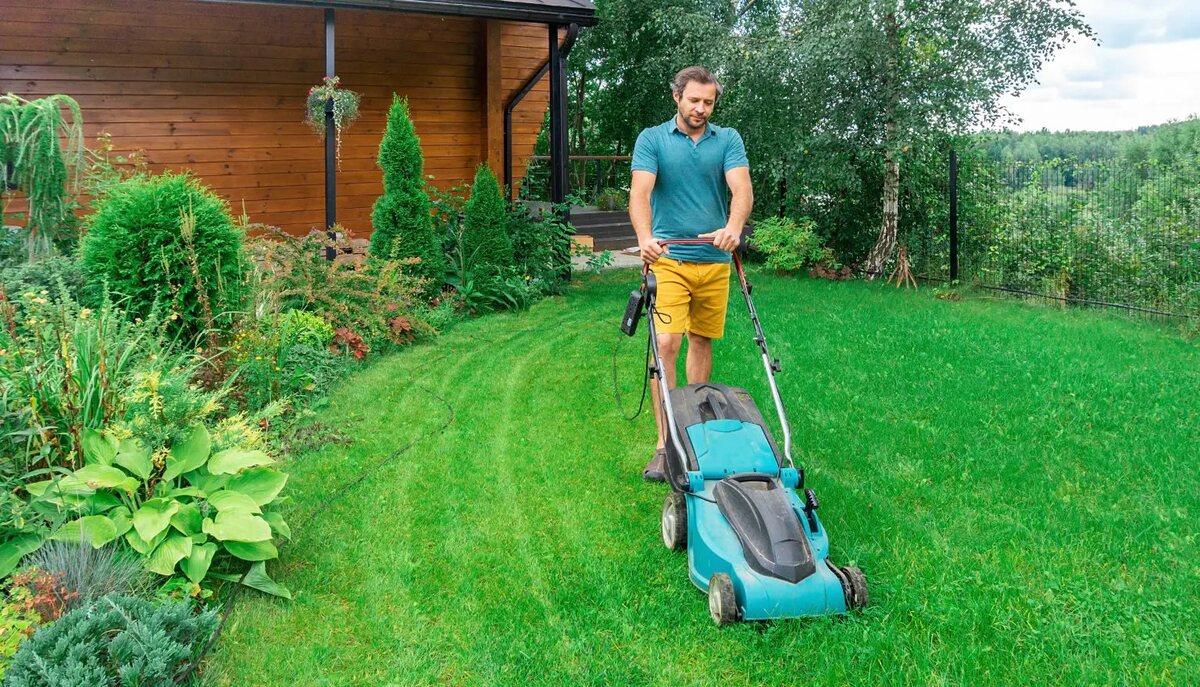
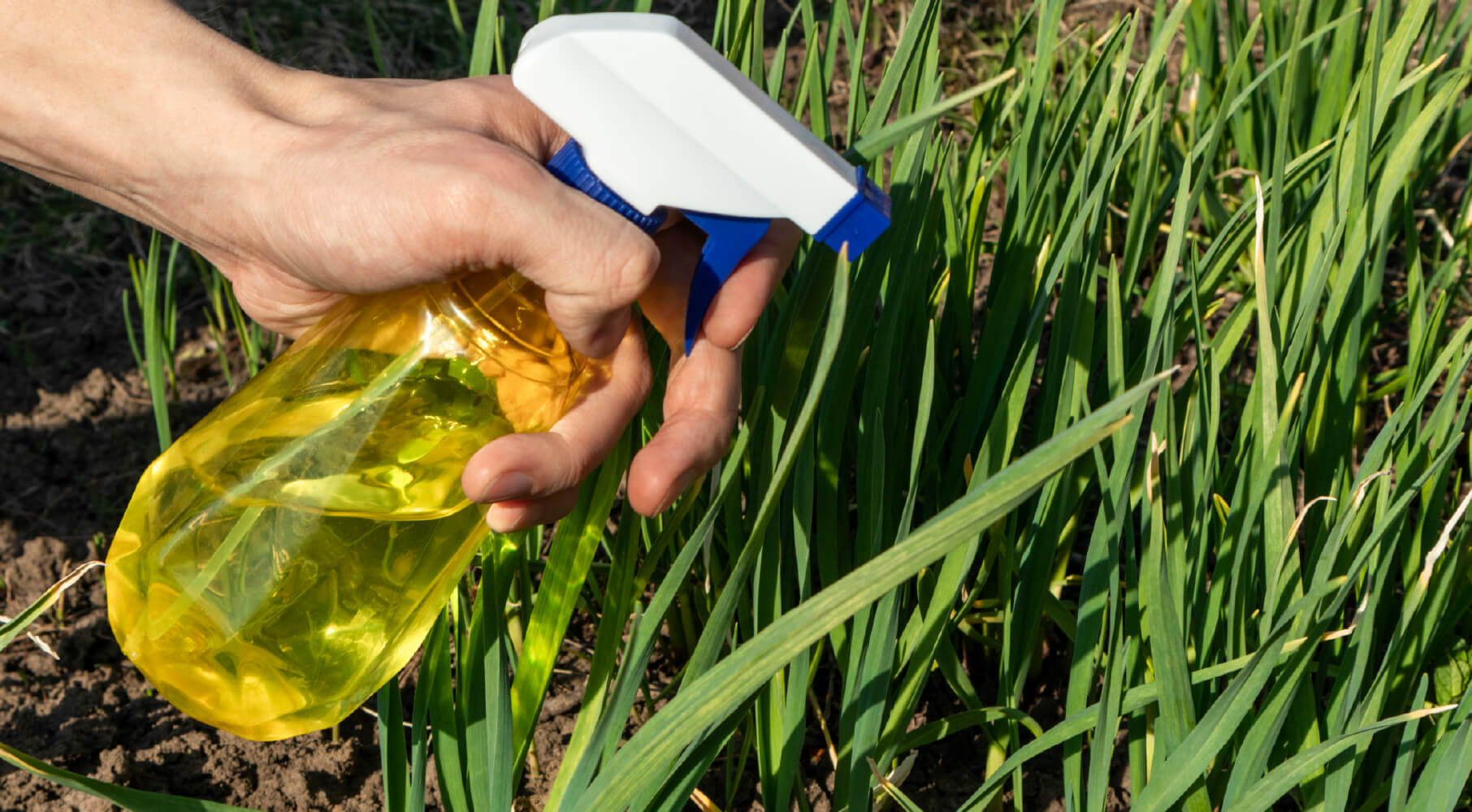
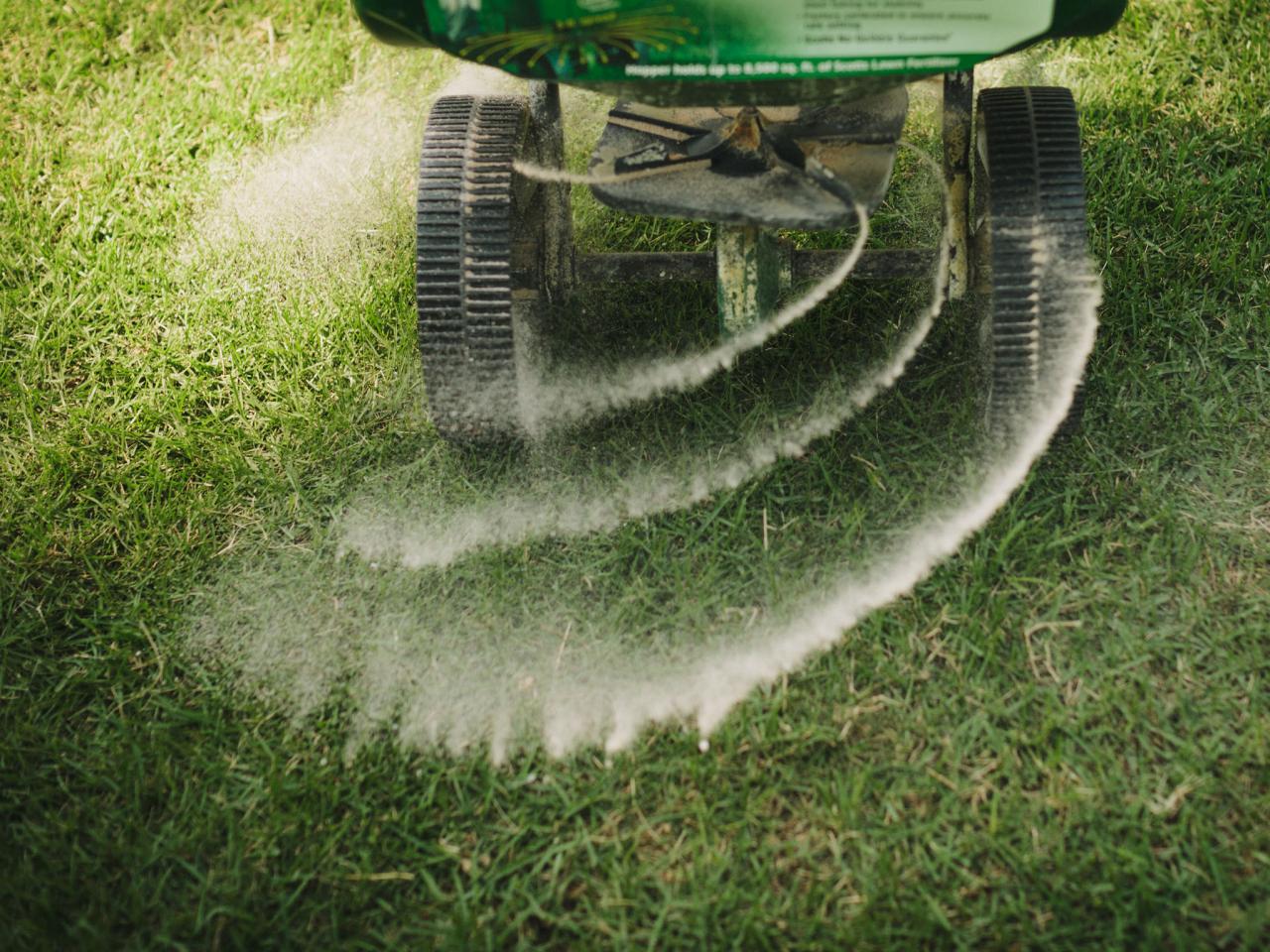

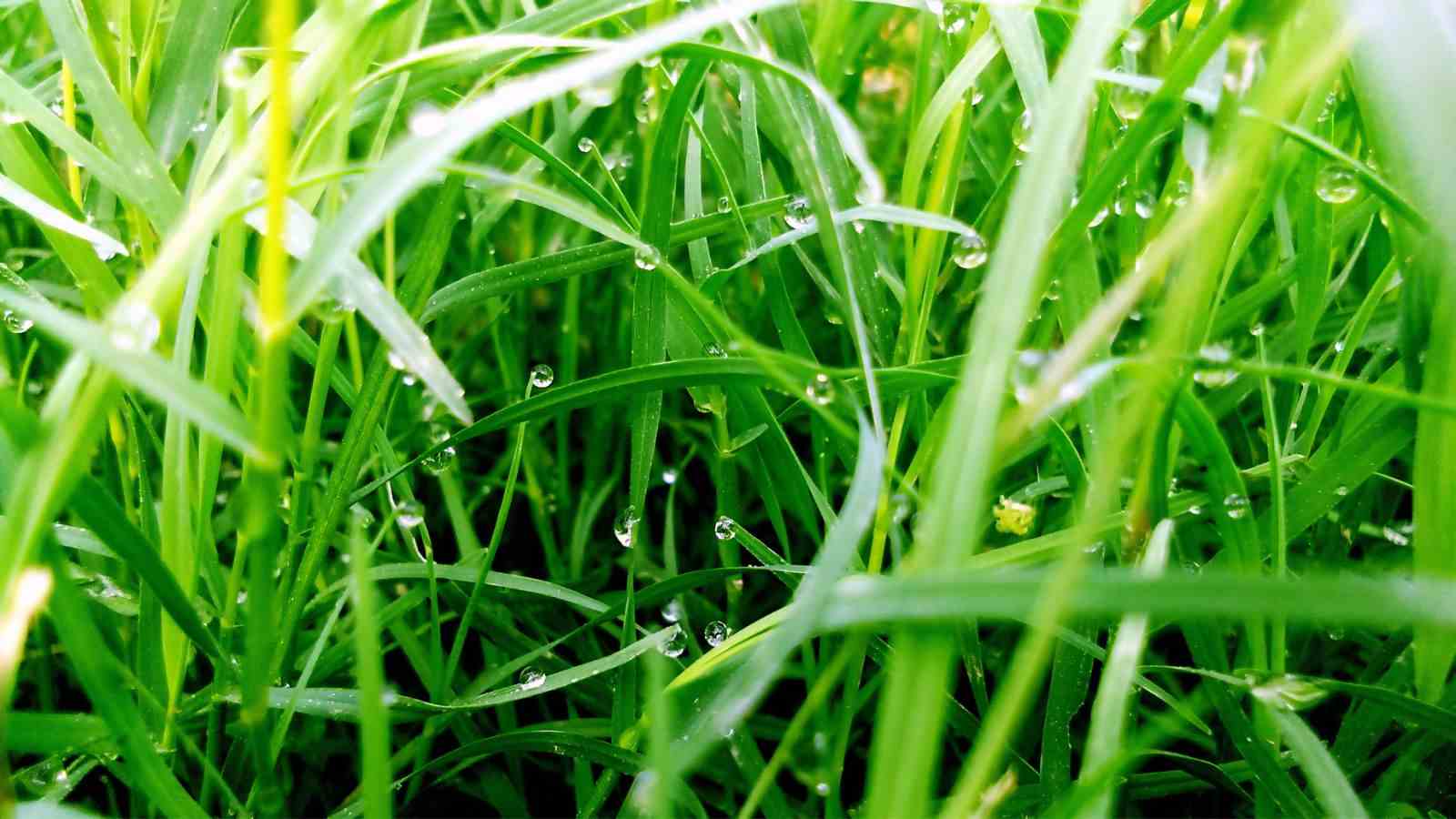
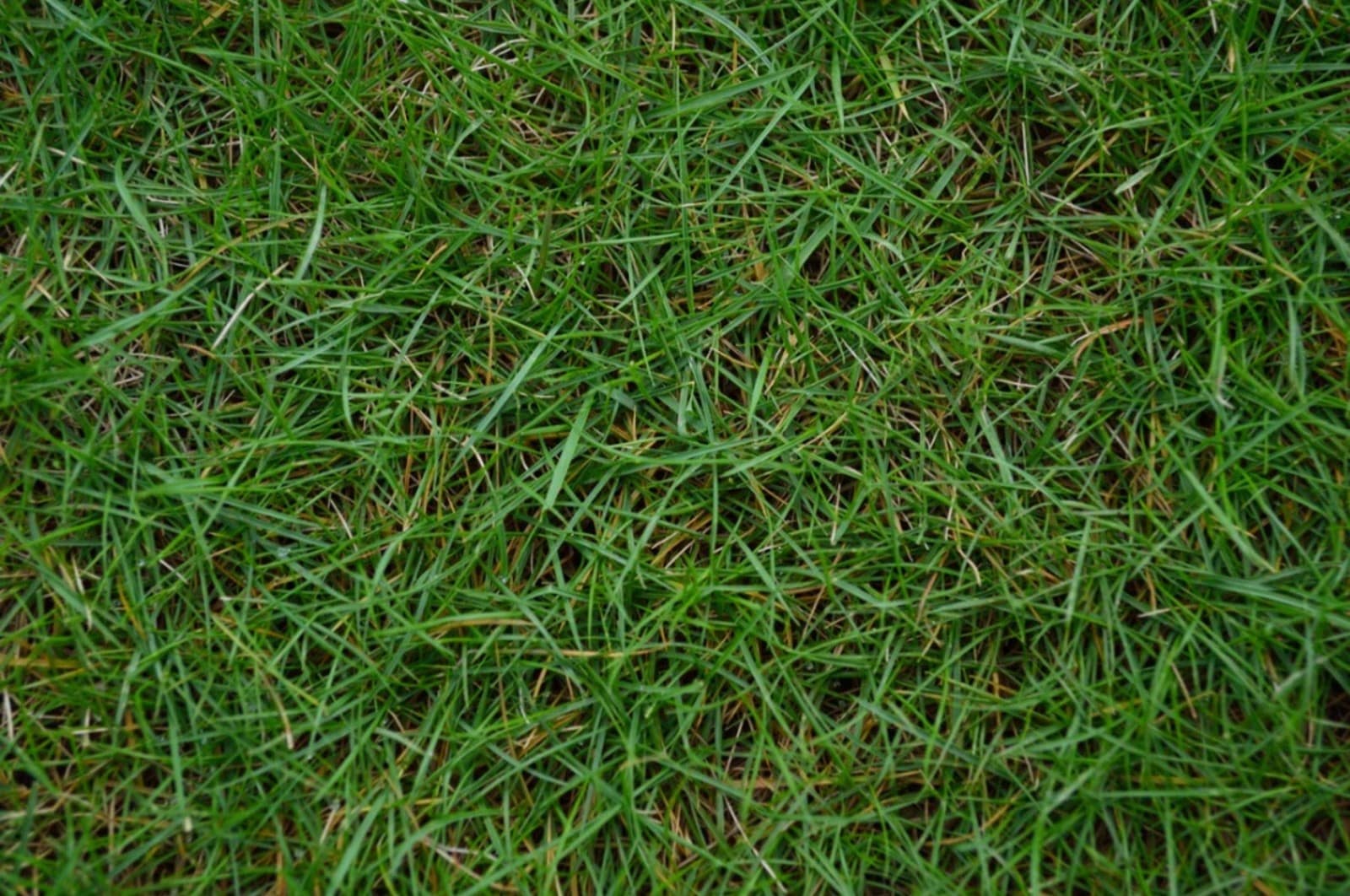
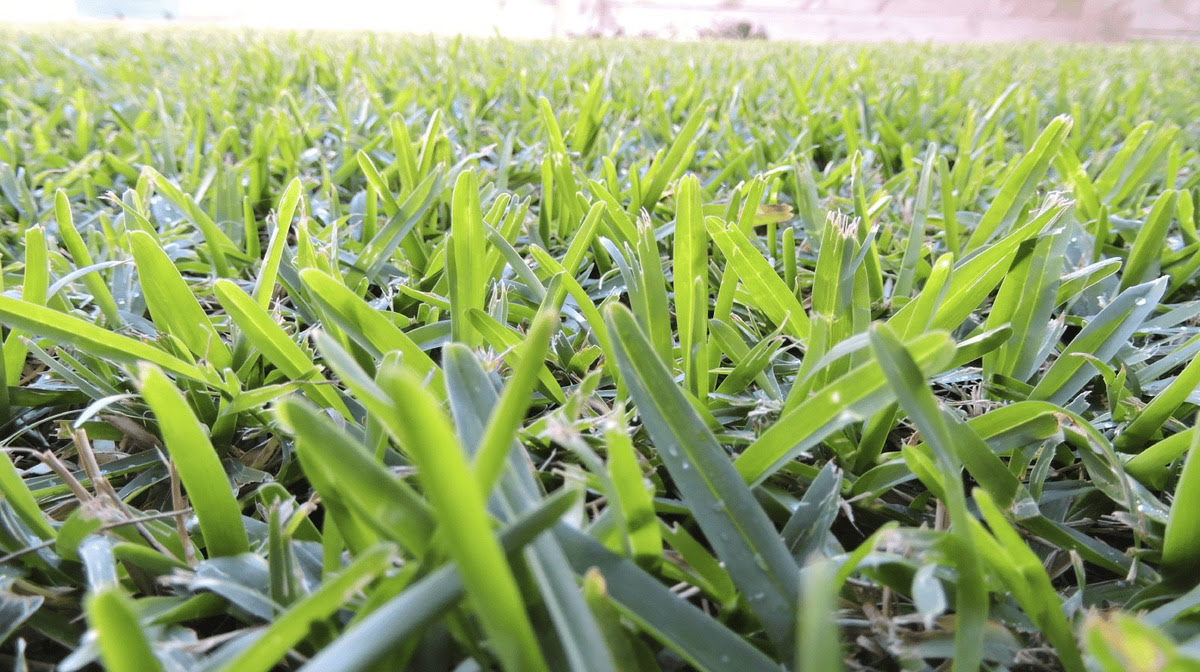
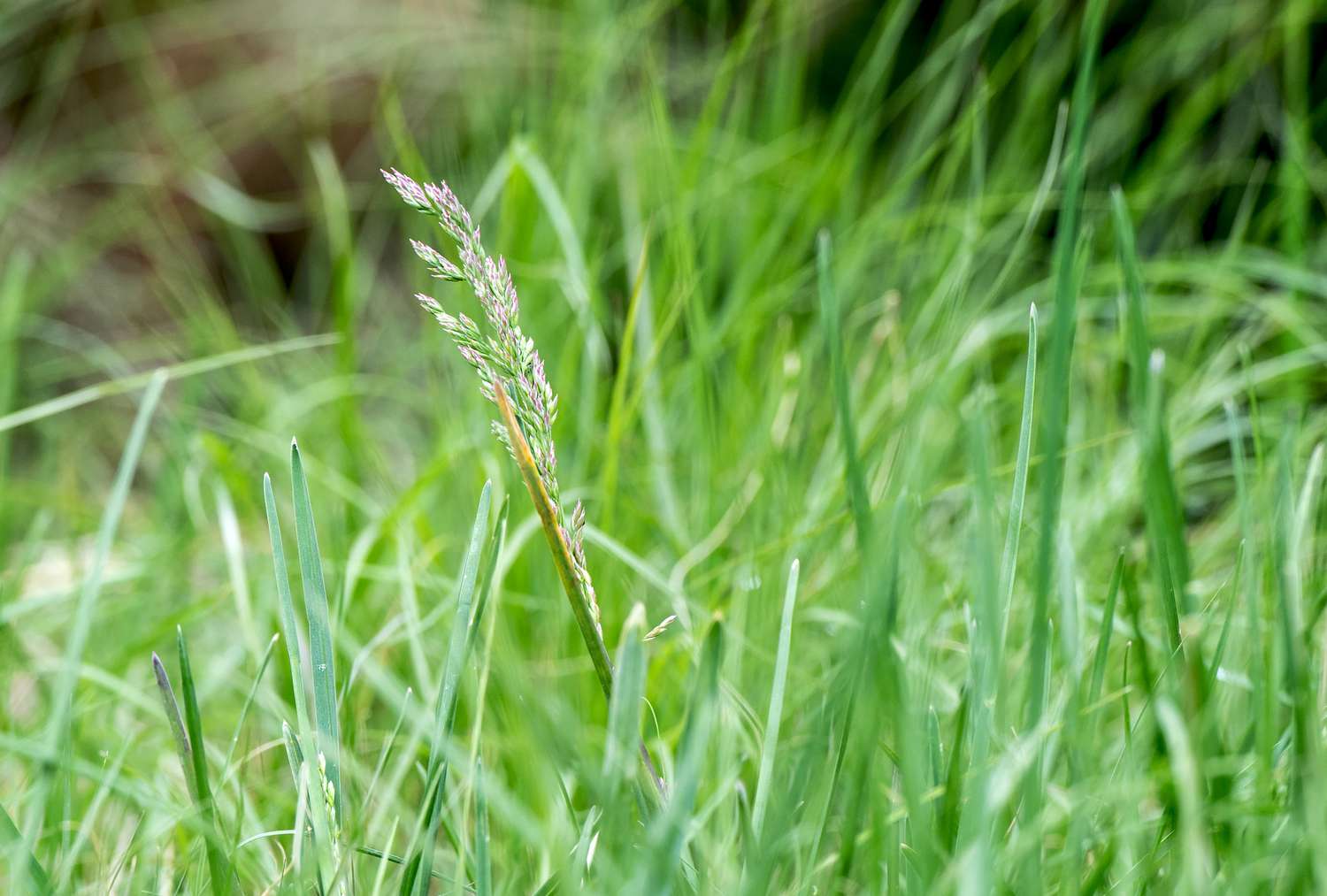
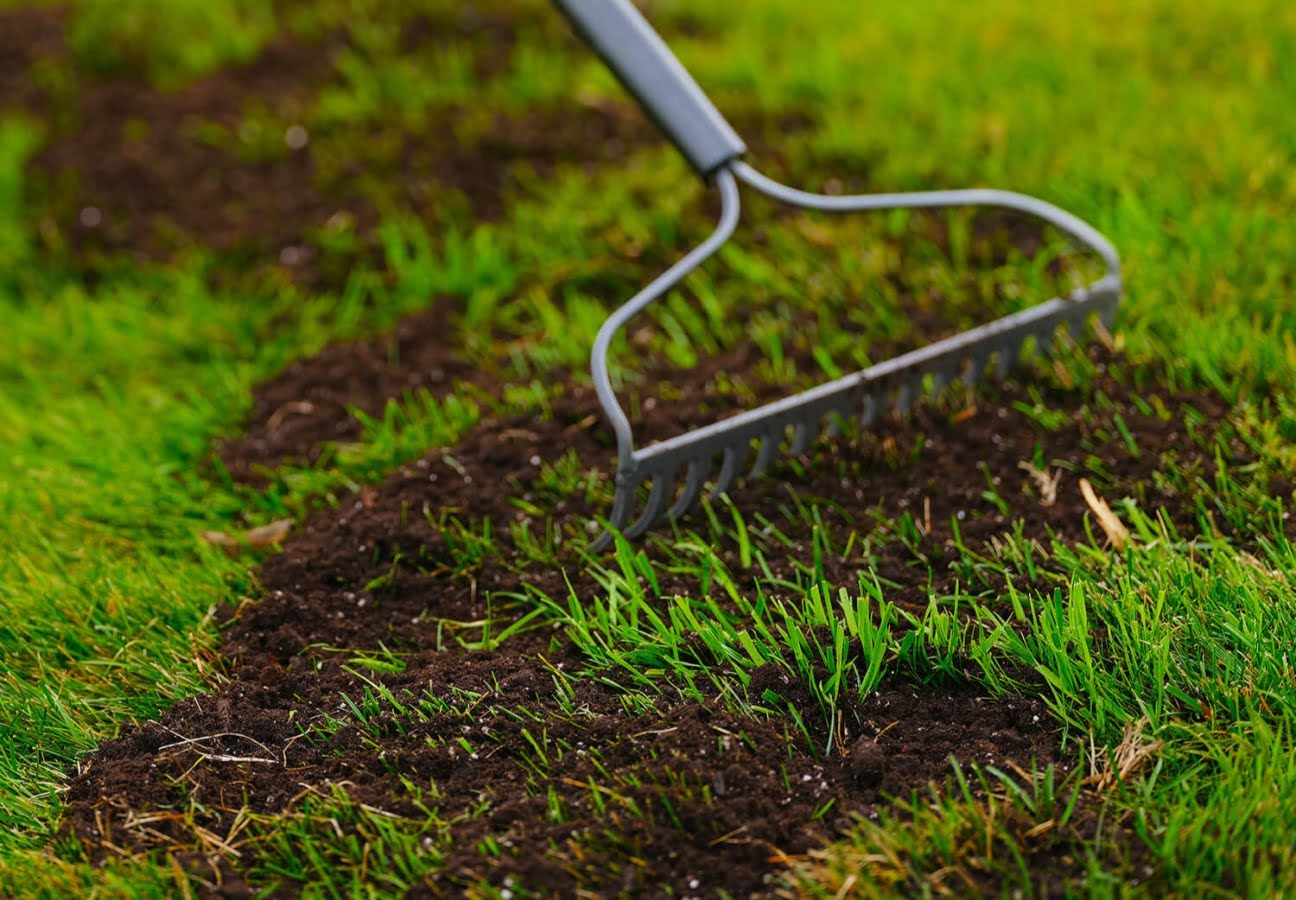
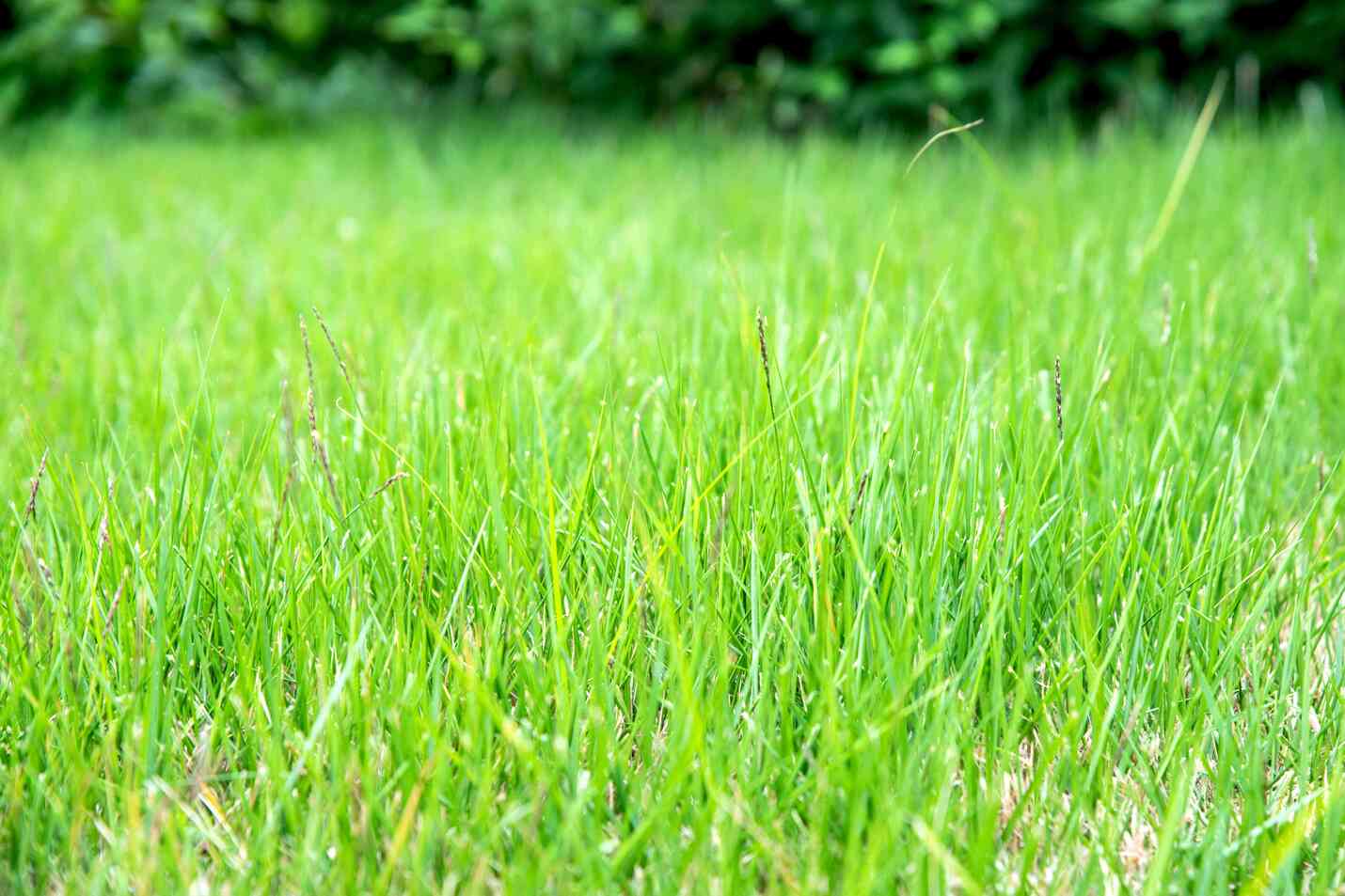
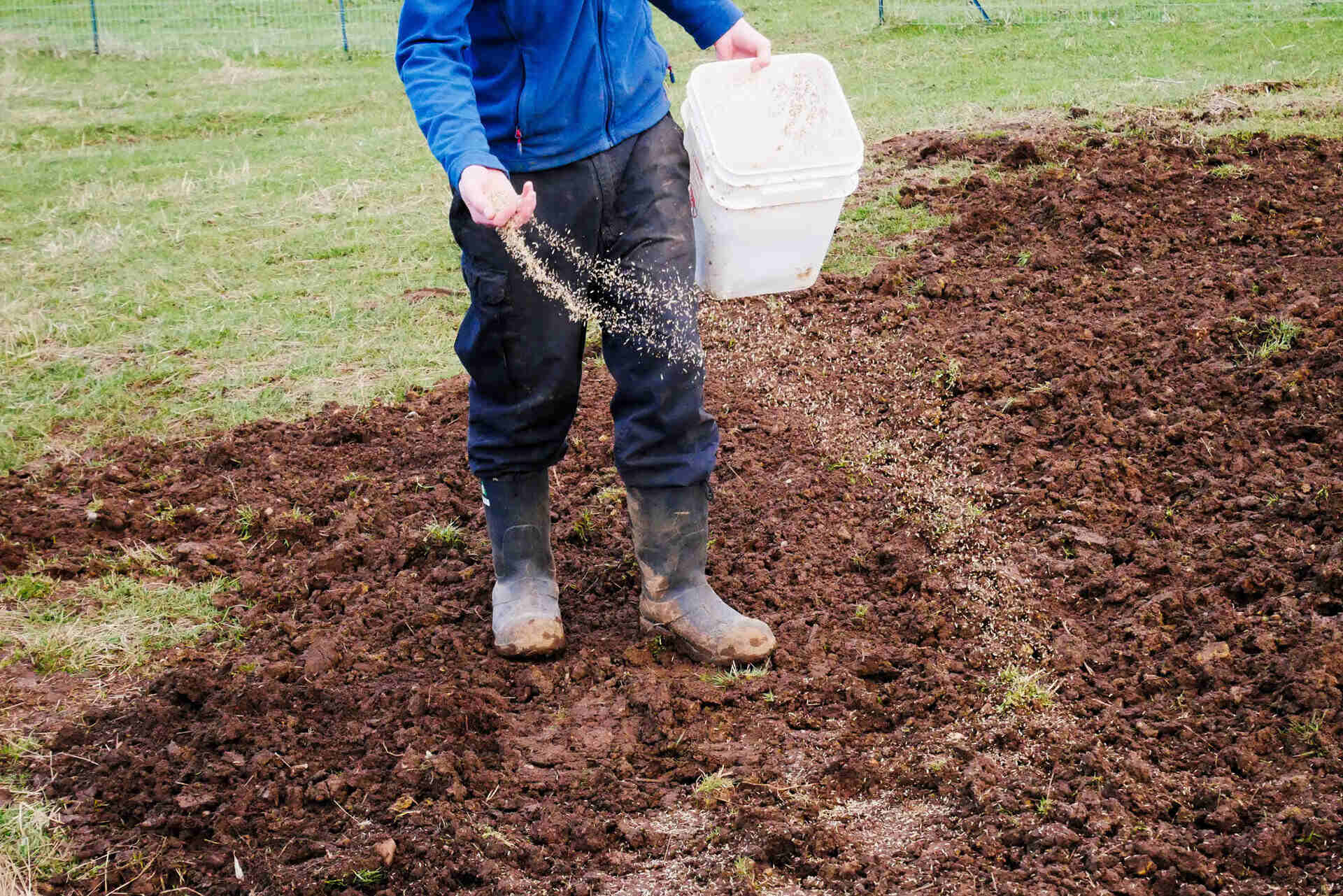
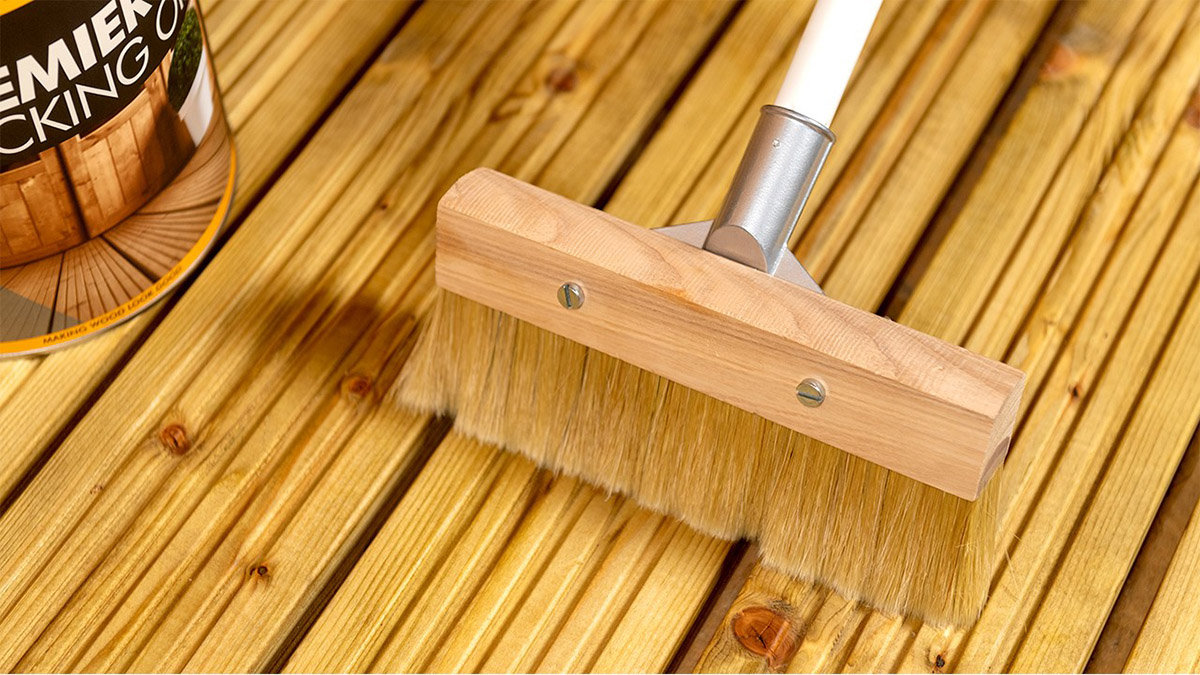
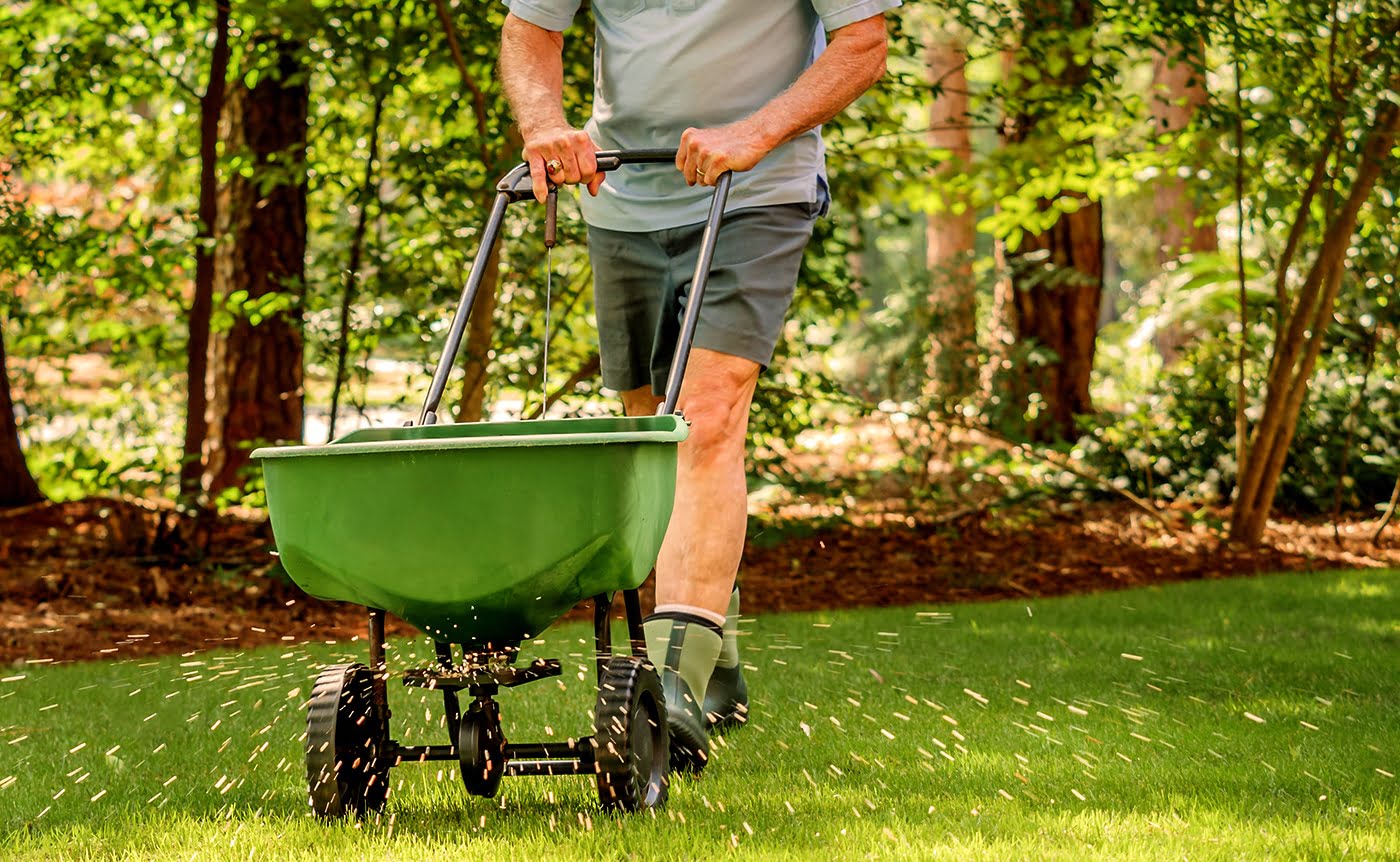

0 thoughts on “What Is The Best Way To Spread Grass Seed”